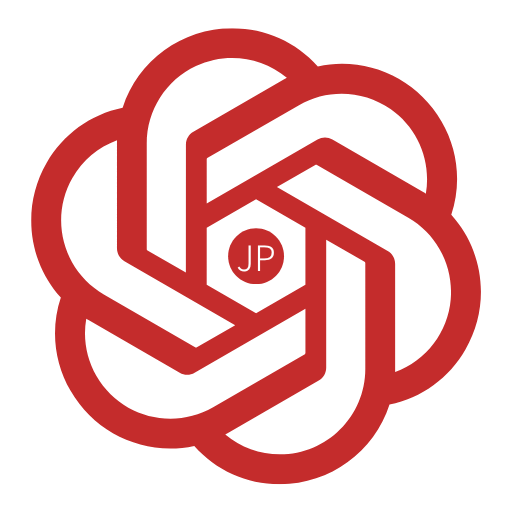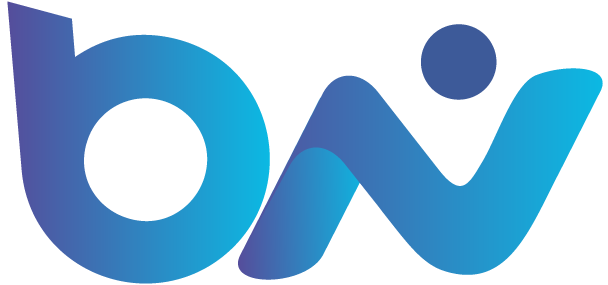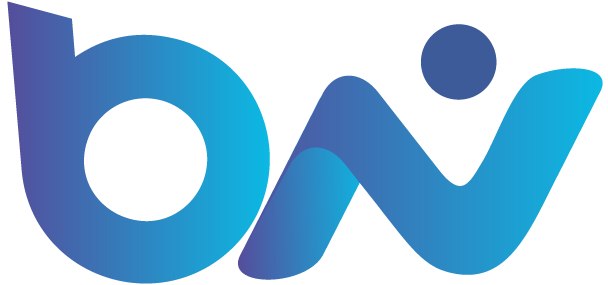Introduction
In today's digital landscape, automation is key to business success. Small businesses, in particular, can benefit significantly from using ChatGPT 日本語 to create automatic chatbots that handle customer interactions, streamline operations, and improve efficiency. Whether you're running an e-commerce store, a local service, or a consulting business, integrating a ChatGPT-powered chatbot can help reduce manual work while enhancing customer experience.
This article will guide you through the process of creating an automatic chatbot with ChatGPT for your small business, covering the benefits, setup process, and best practices for implementation.
1. Why Small Businesses Need a Chatbot
1.1 24/7 Customer Support
Small businesses often struggle to provide round-the-clock customer support due to limited resources. A ChatGPT 日本語 chatbot can handle customer inquiries at any time, ensuring that potential clients receive immediate responses, even outside business hours.
1.2 Improved Customer Engagement
A chatbot keeps customers engaged by providing instant replies, guiding them through purchases, and answering frequently asked questions. This leads to higher conversion rates and increased customer satisfaction.
1.3 Cost-Effective Solution
Hiring staff for customer service can be expensive. A ChatGPT chatbot reduces labor costs while maintaining high-quality interactions. Businesses can save money while offering reliable support.
1.4 Automating Repetitive Tasks
From answering common inquiries to scheduling appointments, chatbots powered by ChatGPT 日本語 automate repetitive tasks, allowing small business owners to focus on growth and innovation.
2. Steps to Create an Automatic Chatbot with ChatGPT
2.1 Define Your Business Goals
Before building a chatbot, identify what you want it to achieve. Do you need it for:
- Answering customer FAQs?
- Handling appointment bookings?
- Processing orders?
- Offering product recommendations?
Understanding your business goals will help you design an effective chatbot.
2.2 Choose the Right Chatbot Platform
There are various chatbot platforms available that integrate with ChatGPT 日本語, such as:
- Dialogflow (Google)
- ManyChat
- BotPress
- Chatbot.com
- Custom API integration with OpenAI’s GPT
Choose a platform based on your technical expertise and business needs. If you prefer an easy-to-use solution, ManyChat and Chatbot.com offer drag-and-drop chatbot builders. For a more advanced, customizable chatbot, using the OpenAI API is a great option.
2.3 Set Up ChatGPT Integration
To integrate ChatGPT 日本語 with your chatbot, follow these steps:
-
Sign Up for OpenAI’s API
- Visit OpenAI and create an account.
- Get API access to use ChatGPT 日本語 for chatbot responses.
-
Connect Your API to a Chatbot Platform
- If using a chatbot builder (e.g., ManyChat), connect OpenAI’s API to enable AI-powered responses.
- If developing a custom chatbot, use Python or JavaScript to integrate the ChatGPT API into your website or app.
-
Train Your Chatbot
- Provide sample conversations to guide ChatGPT 日本語 on how to respond to customers.
- Define different scenarios such as sales inquiries, support requests, and general FAQs.
2.4 Customize Your Chatbot's Personality
A chatbot should reflect your brand’s voice. Whether your brand is formal, friendly, or humorous, ensure that ChatGPT 日本語 is trained to communicate accordingly.
For example:
- Formal: "Thank you for reaching out. How may I assist you today?"
- Friendly: "Hey there! Need some help? I'm happy to assist!"
Setting the right tone ensures a consistent customer experience.
2.5 Implement and Test Your Chatbot
Once your chatbot is set up:
- Test It Internally – Run simulations to ensure ChatGPT 日本語 responds correctly.
- Gather Feedback – Ask colleagues or a small group of customers to interact with the chatbot.
- Refine Responses – Improve chatbot replies based on real interactions.
3. Best Practices for Using a ChatGPT Chatbot
3.1 Keep Responses Clear and Concise
Customers expect quick and to-the-point responses. Avoid long paragraphs and complex wording. Instead, structure chatbot replies in short, digestible messages.
3.2 Provide Human Support Option
While ChatGPT 日本語 chatbots can handle many tasks, some issues require human intervention. Always include an option for customers to connect with a live agent if needed.
Example:
"If you need further assistance, our support team is available. Would you like to speak with a representative?"
3.3 Regularly Update Your Chatbot
Business information, products, and policies change over time. Regularly update your chatbot’s knowledge base to ensure it provides accurate and up-to-date responses.
3.4 Analyze Performance Metrics
Use chatbot analytics tools to track:
- Number of customer interactions
- Common questions asked
- Customer satisfaction ratings
Analyzing data helps improve chatbot performance and customer satisfaction.
4. Real-World Applications of ChatGPT Chatbots in Small Businesses
4.1 E-Commerce Stores
ChatGPT 日本語 chatbots can assist customers with:
- Finding products
- Answering shipping questions
- Processing orders
- Offering discounts
4.2 Restaurants and Cafes
A chatbot can:
- Take reservations
- Show menu recommendations
- Answer common food inquiries
4.3 Service-Based Businesses
For consultants, fitness trainers, or real estate agents, chatbots can:
- Schedule appointments
- Provide service details
- Answer customer inquiries
Contact
Company name: ChatGPT Japan
My page: https://chatgptjapan.com/
City: Chuo City, Tokyo
Country: Japan
Postal code: 104-0061
Phone number: +8164-221-1078
Email: chatgptjapan.com@gmail.com
Google Map: 7-chōme-14-13 Ginza, Chuo City, Tokyo 104-0061
#chatgpt日本語, #チャットgpt無料, #チャットgpt, #チャットgpt日本語, #chatgpt




